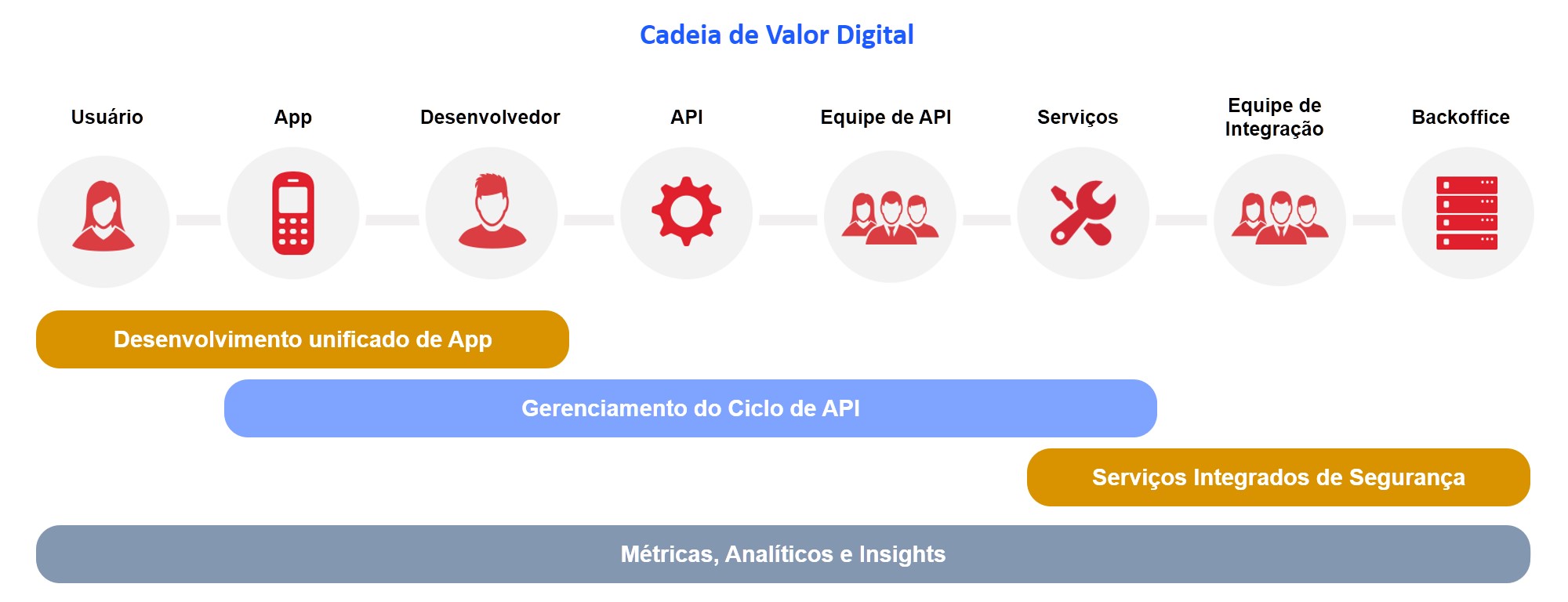Traditionally companies have approached B2B integration in several ways. From the hiring of expensive and complex EDI vans, to the construction of a series of B2B interfaces for each trading partner through various custom rules. This can create a tangle of point-to-point integrations that pose serious challenges for traditional B2B integration tools. These encoded integrations are difficult for businesses as they are pre-sized and cannot easily adjust to changing business requirements. For example, adding new partners, suppliers and distributors to this complex and strongly coupled environment can take a long time. This results in slow delivery of strategic initiatives such as the launch of a new product or expanding to a new market.
In recent decades, we have witnessed a rapid pace of new products being launched by companies, making the life cycle ever shorter and the portfolio to be managed, wider. Companies are finding that if they do not accelerate the processes to bring new products and services to the market, they may fall short of competition. Slow partner integration processes and prolonged document transfer do not help companies achieve the agility they need in the current scenario.
An API-based approach for EDI and B2B integration
Our API-based integration approach allows companies to harness the value of existing systems with APIs and quickly innovate without losing security or control over critical corporate data.
An agile API-based integration platform allows:
- Leveraging existing assets by preserving past investments and being ready for a digital future.
- Protect and harness existing integration services for maximum efficiency.
- Ensuring end-to-end real-time visibility of all data streams for better decision-making.
- Establish an ubiquitous and multi-channel business model to reach consumers wherever they are.
- Motivate greater involvement between partners, suppliers and other players in your business community.
edi-labs can help you implement an agile integration platform that accelerates your development cycles and allows you to collaborate with your business community in real time. And by adopting state-of-the-art data interfaces, you can combine your rigid and isolated data streams into a single manageable system that is more efficient and accessible.







